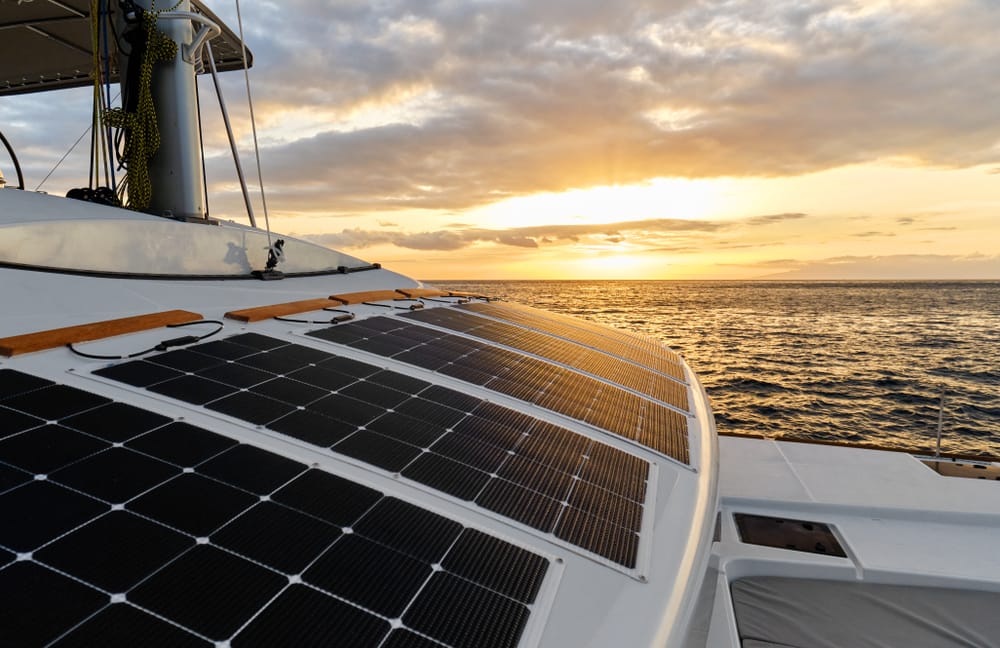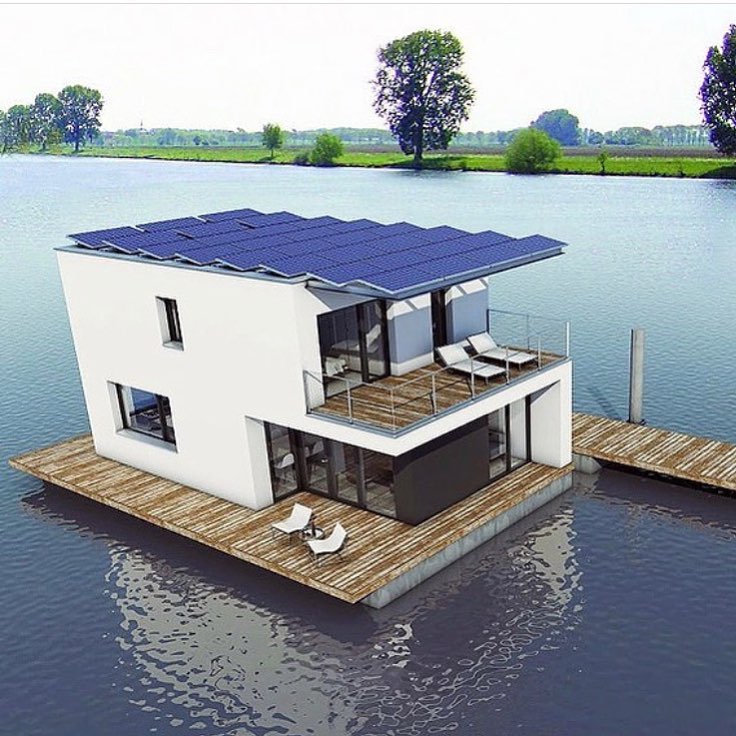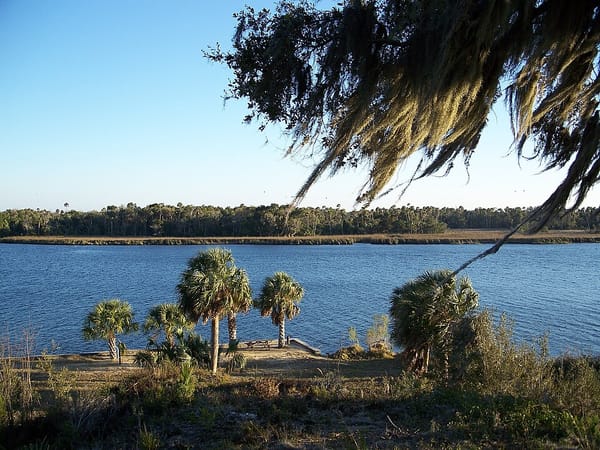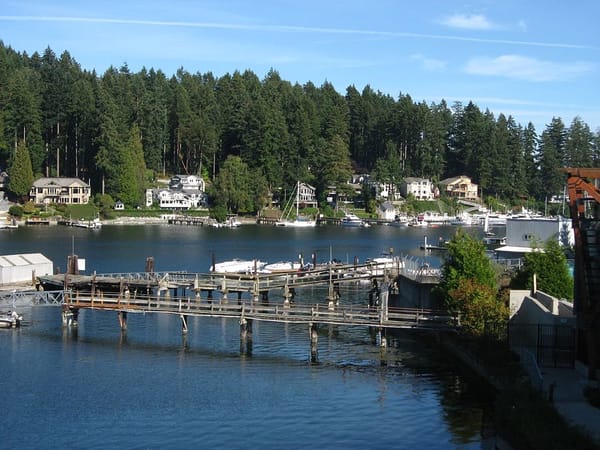Catchin' Rays: How to Choose the Best Marine Solar Panels for a Boat

Whether it’s a tan, a warm breeze or a flame-fringed sunset, catching rays of sun comes naturally on a boat. With all of that heat comes great power. Literally. You can harness all of that sun power and store it to use later (like when the kids’ mobile devices are drained and you just need a break from the bickering).
In addition to the sanity-saving aspect of the aforementioned scenario, marine solar panels offer a wide variety of benefits, including reducing fuel consumption, keeping batteries charged at private boat dock rents and providing extra power for lights, marine electronics, refrigerators and more. Boaters who are going green will appreciate the environmental benefits of solar panels.
All types of boats can use and benefit from solar panels. Even kayaks can hold small portable panels that will harness solar energy while you’re paddling around in lakes, mangroves and canals. Keep reading to discover the different types of marine solar panels and how to choose the right one for your boat.

Courtesy: WindyNation Facebook
Benefits of Solar Panels
- Save money (free electricity – who doesn’t want free electricity?)
- Cut down on fuel costs for generators
- Quiet (generators are noisy)
- Keeps battery from going dead in between trips (while the boat is sitting still at a private boat slip) – you need to be present when running a generator
- Power storage (power is captured in a nice little box and saved for later use)
Items Needed:
- Solar panels
- Charge controller
- Battery
- Inverter
How do Solar Panels Work?
Put simply (we like simple explanations), the sun shines on the panel and an electrical current is produced. This current is stored in a battery that can be used for your boat’s electrical needs. A charge controller prevents the batteries from getting too much voltage (which could over-charge and damage the battery). An inverter converts the DC into AC electricity. Most boats use DC current, in which case there’s no need for this. However, everyday electronics liked TVs, microwaves and blenders (don't even think about forgetting the blender) do use AC, so I would go ahead and get the inverter. It’s always better to be safe than sorry.
Types of Marine Solar Panels
Solar panels come as rigid or flexible panels and use either silicon crystals or a thin chemical film to generate electricity. There are three main types.
Monocrystalline Cells
Monocrystalline cells are the oldest and most powerful type of solar panel. They can last for 25 years and run lights, TVs, radios and much more. They’re a rigid panel that’s made from a single crystal of silicon. This type is a premium option and the most efficient at keeping everything charged up while you’re underway or hanging out at a private boat dock for rent.
Polycrystalline (or multi-crystalline) Cells
Polycrystalline cells are made from many fragments of silicon that are merged together. While efficient, they’re but not as efficient as monocrystalline, but they are less expensive. They’re rectangular in shape and available as a rigid panel, a lightweight semi-flexible panel and walk-on panels that can be mounted on decks or other high-traffic areas.
Amorphous Solar Panels
Amorphous solar panels are the most versatile but least efficient type of marine solar panel. Constructed out of a thin film silicone, they’re flexible enough to be rolled or folded to conform to many different places and curved spaces. They’re efficient in low light conditions and less prone to voltage drops. While not recommended for high use, they’re great for trickle charging, low amp charging and battery maintenance.
Uses for Marine Solar Panels
- If there’s a power outage at the marina
- When anchored out on a mooring ball overnight
- Docked at a private boat slip rental with limited electricity or noise restrictions
- Use as a trickle charger to keep batteries and cell phones charged
- Use several large panels to keep everything on your boat charged and running smoothly
- Charging cell phones, radios, GPS and other electronics
- Soaking up lots of power on long excursions such as traveling from Florida to the Bahamas by boat or navigating the Great Loop.
Where to Install Solar Panels
You’ll want to put the solar panel where it'll get the most power (read: in the sun), but you’ll also want to install in a low-traffic area where it’s unlikely to be damaged from having something dropped on it or being walked on (unless it’s designed for walking on).
A large flat surface that gets a lot of sun is the best spot. Side rails and Bimini tops are good choices. Mount as perpendicular to the sun as possible for optimum energy grabbing. Even small shadows can decrease output.
It’s recommended to leave a bit of air flow behind the panel to avoid overheating. It may seem counter-productive, but as the temperature goes up too high, the output can go down. Be sure to use marine wire, which is crucial when dealing with heat wind, saltwater damage and other marine elements that are present on the water and at boat lifts for rent.
Marine Solar Panel Brands
- Custom Marine Products
- WindyNation
- DOKIO
- Nature Power
- Renogy
Hopefully you’ve gathered some tips for choosing the best type of marine solar panel for your boat and individual needs. Happy boating!



